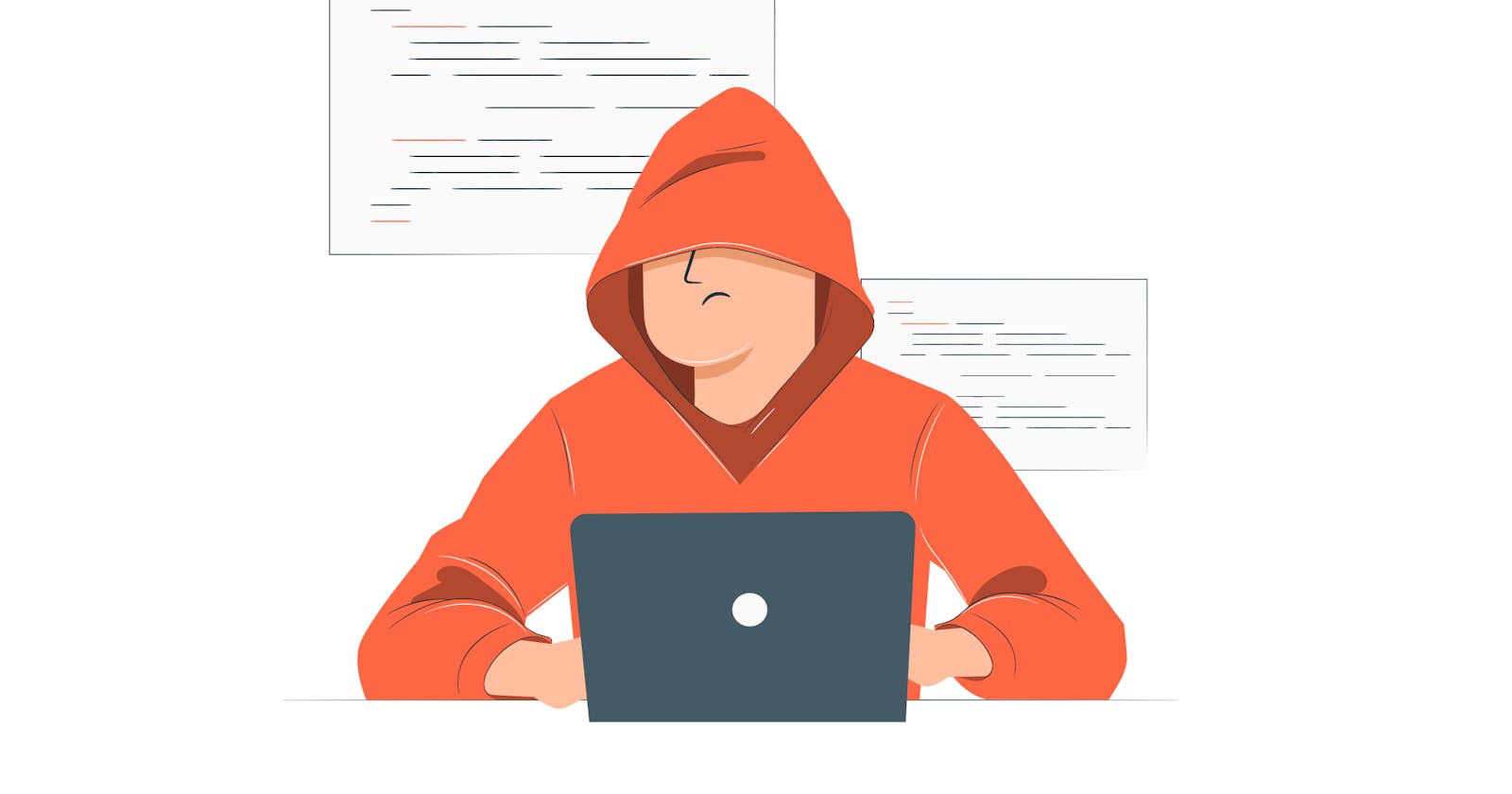Introduction
In the digital age, convenience and privacy often stand at opposite ends of the spectrum. It’s a frustrating reality: the easier something is to use online, the less private and secure it tends to be. Conversely, if you prioritise privacy and security, convenience often takes a backseat. But fear not, fellow internet users! Finding the right balance between anonymity and usability is possible.
In this guide, I’ll walk you through the steps to become more anonymous on the Internet while still retaining some degree of convenience. Remember, the more steps you apply from below, the more anonymous you’ll become.
Before diving into the steps, remember that complete anonymity might not be your goal. After all, you don’t want to end up alone at your own funeral! Let’s focus on improving your privacy and security without sacrificing everything.
Basic Steps: Building a Strong Foundation
Use a reliable password manager: Centralize and secure your passwords for better online safety e.g. KeePass.
Strengthen your device passwords: Ensure your devices are locked down with strong and unique passwords.
Enable two-factor authentication (2FA) where possible: Add an extra layer of protection to your accounts.
Disable Google tracking: Take control of your online data by limiting Google’s tracking.
Remove unused online accounts: Minimize your digital footprint by closing unused accounts.
Follow social media privacy rules: Safeguard your information while staying social.
Invest in a reputable VPN: Encrypt your internet connection for enhanced privacy e.g. ProtonVPN.
Embrace encrypted messaging and email: Keep your conversations secure from prying eyes e.g. Signal and ProtonMail.
Trustworthy web extensions matter: Choose browser add-ons carefully to avoid privacy pitfalls.
Switch to a privacy-focused search engine: Protect your search history with a search engine that values your privacy e.g. DuckDuckGo.
Clear your browser data regularly: Wipe away traces of your online activities for increased anonymity.
Explore secure browser options: Consider browsers designed with privacy in mind e.g. Brave.
Opt out of phone tracking: Prevent your phone from sharing your location data.
Disable unused phone and computer radios: Turn off unnecessary phone and computer features for added security.
Clear temporary device data: Remove temporary files that may contain sensitive information.
Properly shred files and data: Permanently delete files to prevent data recovery e.g. Eraser.
Avoid public computers and unsecured Wi-Fi: Protect your information from potential threats.
Beware of IoT and smart devices: Be cautious about the privacy implications of Internet of Things devices.
Moderate Steps: Elevating Your Anonymity Game
Disable all biometrics for added security: Lock down your biometric data for enhanced privacy.
Consider saying farewell to Google services: Explore alternatives to reduce your reliance on Google.
Embrace pseudonyms for online interactions: Use aliases to protect your true identity.
Use temporary email addresses for sign-ups: Safeguard your email from spam and data breaches e.g. TempMail.
Delete or limit personal social media profiles: Control your digital presence for added privacy.
Explore secure browser options: Consider browsers designed with privacy in mind.
Utilize multiple browsers for different tasks: Separate your online activities for better privacy.
Transition to Free and Open Source Software (FOSS): Embrace software that respects your freedom and privacy.
Switch from Type-1 Android smartphones: Opt for smartphones that prioritize security and privacy.
Protect your computer’s BIOS with a strong password: Secure your computer at the hardware level.
Enable full disk encryption for enhanced security: Encrypt your entire storage for data protection.
Spoof your MAC address for anonymity: Conceal your device’s identity on networks.
Consider getting rid of Windows: Explore alternative operating systems with better privacy features.
Scrub file metadata and EXIF data: Remove hidden information from files for anonymity.
Implement home network security measures: Safeguard your home network from potential threats.
Invest in privacy screen protectors and camera covers: Physically protect your device’s cameras and screens.
Advanced Steps: The Path to True Anonymity
Thoroughly clean your digital footprint: Minimize your online presence to enhance anonymity.
Delete or deactivate all social media accounts: Disconnect from social media platforms for heightened privacy.
Explore more advanced, security-focused browsers: Use browsers with advanced privacy features e.g. Tor.
Consider using custom ROMs for smartphones: Replace your phone’s operating system for more control.
Use a secure desktop operating system: Opt for secure operating systems for your computer.
Shop privately and anonymously online: Safeguard your financial transactions and shopping habits.
Physically remove cameras and microphones from devices: Disable built-in surveillance features.
Avoid facial recognition and AI-powered systems: Protect your identity from advanced tracking methods.
Conclusion
If you’ve successfully implemented all the basic, moderate, and advanced steps, you’ve achieved what many consider true online anonymity.
Remember, the path to online anonymity is a spectrum, and you can choose where you want to stand. Striking a balance between privacy and convenience is a personal journey, and it’s essential to find what works best for you. Stay safe, stay secure, and happy browsing!

